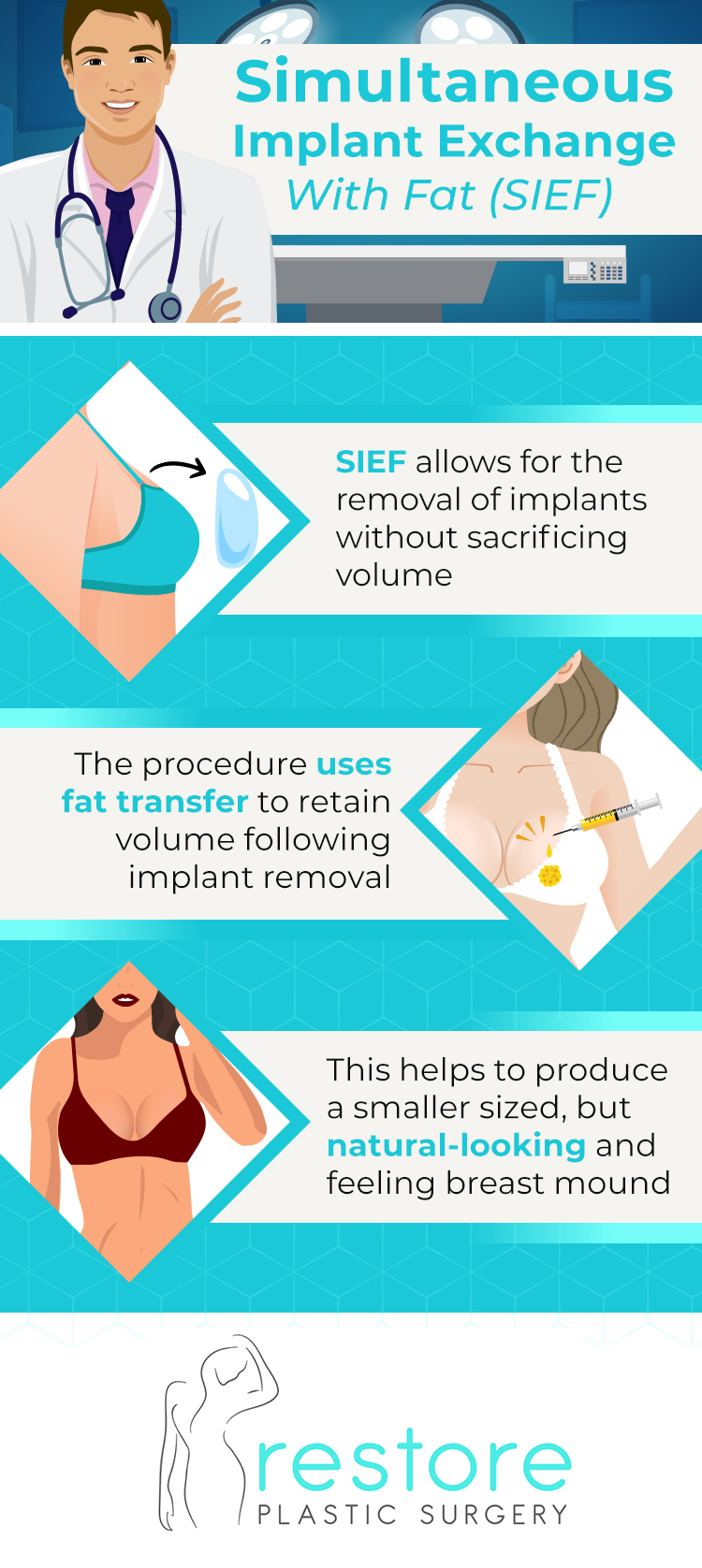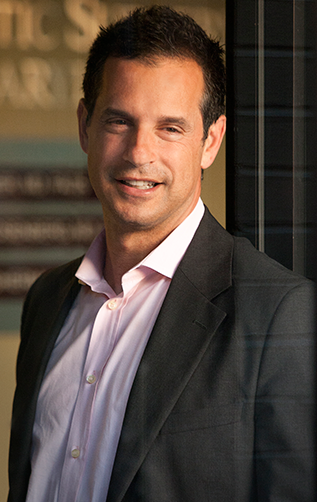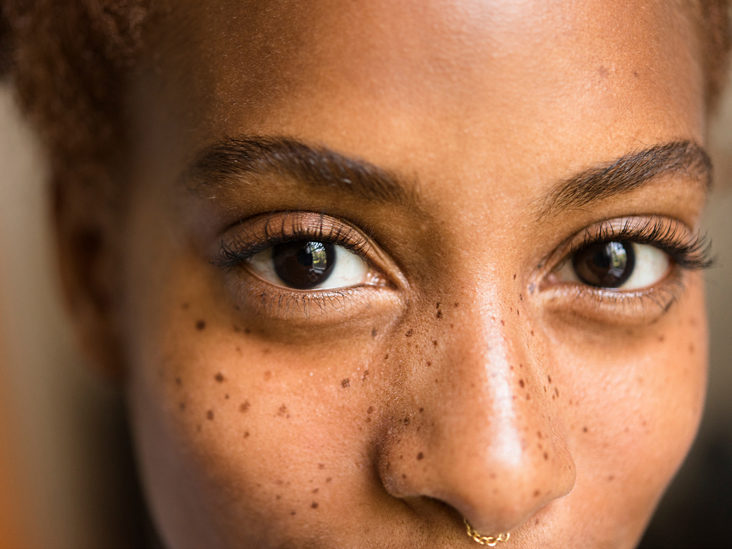
The cost of a rhinoplasty will vary depending on many factors. In this article, you'll learn about variations in the procedure's cost, how to determine your insurance coverage, and what you can expect to pay for your rhinoplasty. There are also tips to keep in mind when comparing the cost of rhinoplasty between different hospitals and surgeons. You should also consider the experience of your surgeon. The following tips can help you understand the reasons rhinoplasty is so costly and how much it will cost.
Cost of a rhinoplasty depends on where you live
The cost of a rhinoplasty procedure varies depending on the surgeon, the city where you live, and the type of reshaping you want. Post-operative care can also vary in cost. Do not make a decision based solely on the cost of a surgeon. Ask to see their before-and after photos. Check for board certification and fellowships.

While most insurance policies cover rhinoplasty procedures, it is important to check your insurance policy to make sure you'll be covered. While you may not have a high deductible, you should ask about your coverage before booking an appointment. If you are paying cash, inquire about financing options. Most surgeons offer some type of financing plan, allowing you to pay a small down payment and the rest in installments.
Variations in rhinoplasty costs
While costs for rhinoplasty differ widely in different areas of the country, there is one factor that will influence the final cost: the location of your doctor. Approximately 78 percent of rhinoplasties are performed along the coast, so the cost of plastic surgery in coastal areas tends to be higher. Along with geographic factors and business expenses, the cost to rhinoplasty depends on the hourly rate of the surgeon.
After rhinoplasty patients should expect some bruising or swelling to their noses. Although this recovery period is not very long, patients should avoid strenuous activity for several days. Bruising can occur on the nose and beneath the eyes. These bruises will usually disappear within a few months. To reduce swelling, patients should be able to rest with their head raised. The nasal packing and splint can be removed after four to seven days.
Rhinoplasty insurance coverage
The policy and the insurer will determine if rhinoplasty is covered. Most insurers only cover medically required surgeries. Before you request treatment, make sure you thoroughly research your plan. Patients with breathing difficulties or problems in their noses can benefit from functional rhinoplasty. For example, a broken nose may be fixed by undergoing this surgery. If you suffer with sleep apnea (or other breathing issues), the surgery may be covered.

Most commonly, Medicare and private medical insurance will not pay for cosmetic surgery. Functional rhinoplasty can be covered by private health insurance if it's part a high-deductible policy. Participants in HSAs use money taken from their pretax health savings account to cover covered medical services. If your insurance covers cosmetic surgery, your insurer may cover the cost for rhinoplasty. If you are unsure about your eligibility, please contact your insurer and confirm.